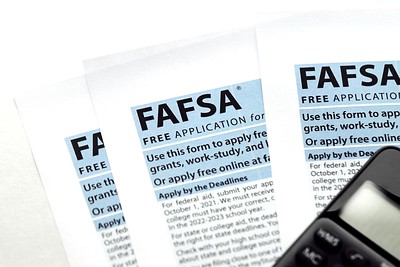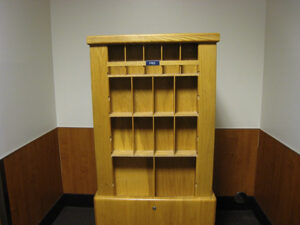Yesterday, I wrote about the competition for students that schools are engaged in. The competition isn’t so much between themselves as it is with the labor market. With unemployment seemingly stuck below 4%, hiring is becoming increasingly difficult for employers. That also means fewer high school graduates will apply for financial aid or enroll in college classes directly after high school.
Financial aid applications can indicate what the enrollment trend for the upcoming academic year may be like. The majority of WCC’s financial aid applications typically come from independent students. Independent students are those who no longer rely on their parents for financial support.
This was true from 2006 to 2018. In the 2019 and 2020 filings (which were not affected by COVID-19), the number of FAFSA filings from dependent students exceeded the number of applications by independent students in Q2 for those years. That’s significant, if for no other reason than it reverses a 22-year trend.
In those years, fewer independent students asked for financial aid to attend WCC. This change in pattern likely signals the point in time where independent students determined that having a WCC degree would put them in no better economic position than simply relying on their high school diploma.
In 2021, you can see the impact of the Michigan Reconnect programs (and others like it). In 2022 and 2023, FAFSA filings in Q1/Q2 for independent students declined and leveled off. Aid applications among dependent students peaked in 2012, a year after the peak for independent students.
The trajectory for dependent student Q1/Q2 financial aid application filings continued their downward trend. In 2022, Q1/Q2 dependent student financial aid applications declined by nearly 20%. They dropped another 8.68% in 2023.
Financial aid applications are an important indicator of student intentions
It’s important to remember that these data represent the FAFSA filings collected in the first six months of the filing cycle for the upcoming academic year. These applications come from students who have a solid idea of their academic plans. It is also important to remember that many students attend WCC without ever applying for federal financial aid.
Nonetheless, steadily fewer students – dependent and independent – who believe they need financial assistance are signaling their intention to enroll at WCC. That’s a problem because WCC was a resource designed especially for them. Losing support services like on-campus, affordable childcare is a glowing signal that student-parents should take their academic ambitions elsewhere.
The real headline here is that fewer students choose WCC outright early in the financial aid application cycle. That has to change if WCC plans to fulfill its mission to the community that funds it.
Photo Credit: Focal Foto , via Flickr






















